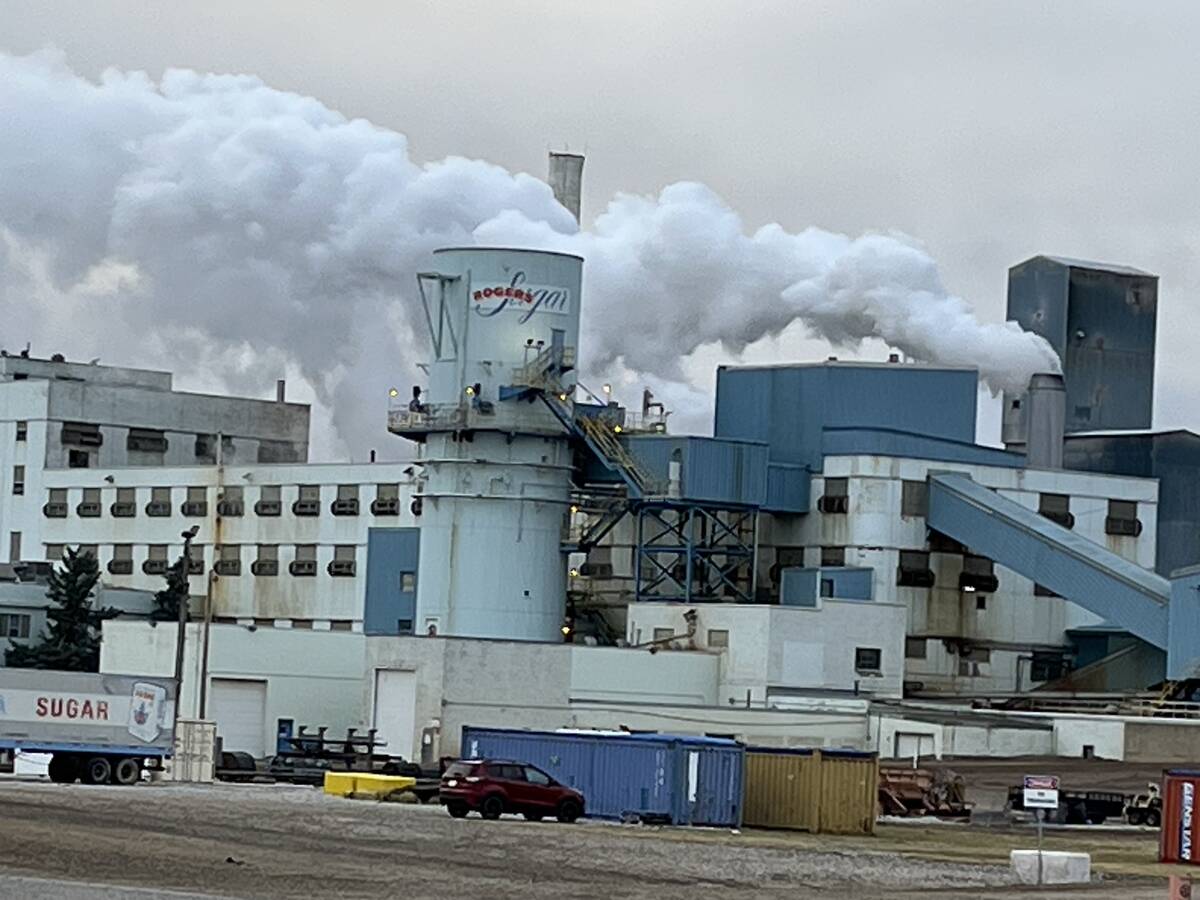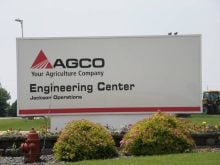Zero till has covered millions of prairie acres with a crop residue blanket that conserves moisture and improves yields, but it has also created a significant hairpin problem for disc drills.
“With each crop year, it becomes more difficult to run disc openers because of wedging in the trench,” said Dick Friesen, designer of the new Pillar Lasers double shoot disc opener.
“Most disc openers today still have that traditional hairpinning problem from the early days of zero till. Our new design has virtually eliminated hairpinning. We have no wedging in the seed trench.”
Read Also

Sugar beet harvest underway in southern Alberta
Alberta Sugar Beet Growers hosts field tour to educate the public on the intricacies of the crop, its harvest process, and contracts with Lantic Sugar
Friesen did the research and development work on the new system and shares the patent with Hugh Barton. As an engineer with Flexi-Coil in the mid-1990s, Friesen worked closely with Barton to develop the Barton opener.
Friesen conceded that the original Barton system was difficult to maintain because there were too many moving parts.
“I always wanted to simplify the original Barton design. Then one day a couple years ago, Hugh called me up and asked me if I wanted to do it all over again, only do it my own way this time around.
“Well, I jumped at the chance. And that’s what we’ve got here. The new system is extremely simple. I can dismantle an opener in two minutes and get at any component immediately.
“My main idea was to have as few moving parts as possible. So we have one pivot at the top to allow contouring. The disc turns and the packer turns, and that’s it for moving parts.”
Friesen said he had to borrow from hoe drill technology when developing a disc opener that doesn’t hairpin. The result is soil disturbance, which he ranks as halfway between a single disc and a inch knife.
“We do disturb some soil. There’s a little black soil along the seed row, just enough to help warm the soil.
“The whole opener is really a combination of a single disc and a hoe. The disc cuts the deep fertilizer trench and the side band runs right up against the disc and cuts a lateral seed groove into the sidewall.
“The straw can’t make that sharp bend. It gets pushed aside just like it does with a hoe opener.”
The side bander has an aerodynamic appearance, which Friesen said is critical for keeping disturbance to a minimum. Seed comes out the side of the boot in a ribbon about 1.25 inches wide. The casting is high chrome content steel for longevity.
Although vertical separation between seed and fertilizer is adjustable, the units come from the factory set so the disc places the fertilizer 1.25 inch to 1.5 inches deeper than the seed. As the discs wear down, the boot can be adjusted to maintain the correct separation.
Once the discs wear down to 16 inches, it’s time for replacement.
Friesen said Pillar Lasers, a fabricating and machining enterprise in Warman, Sask., that specializes in laser cutting, has four years of field testing on 18 full size drills, mostly retrofitted to Flexi-Coil 6000 machines.
One set of openers has 20,000 acres with no problems, he added.
The next step for Pillar Lasers is to build its own toolbar, which should be ready for 2011. For now, the individual row units are available from Pillar Laser, for $1,195 each.
It has also sold the marketing rights to Bourgault. The openers will be installed on six 60-foot 3710 drills that hit the fields this spring. Two are sold to Saskatchewan farmers and four will go to the United States.
Bourgault offers two versions: a low disturbance side band and an anti hairpin side band.
For more information, contact Dick Friesen at 306-242-4955 or visit www.pillarlasers.com.















